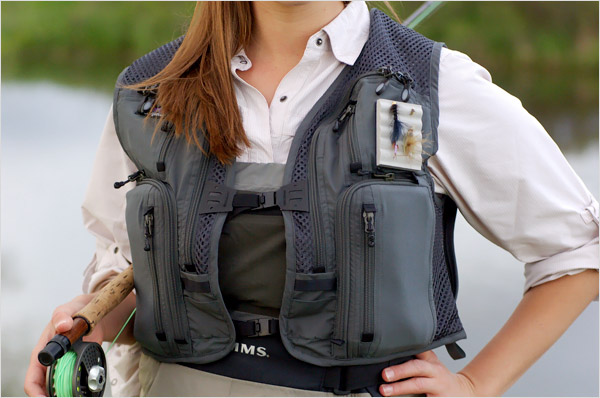Whether you ride your bike to work, run errands, or go on extended adventures, you’ll need a method to transport necessities ranging from a tiny repair kit to full-on camping gear. A daypack or messenger bag is useful for shorter journeys, but racks, baskets, and bags that fit on your bike are some of your best gear-carrying alternatives.
Types of Bike Bags
Panniers
Panniers are ideal for transporting daily necessities, additional clothing, and camping gear on bike commutes, urban rides, and long-distance tours. Panniers, which are named after the French term for baskets, provide ample storage, weather protection, and the flexibility to swiftly disconnect from a bike rack so you can carry your goods with you.
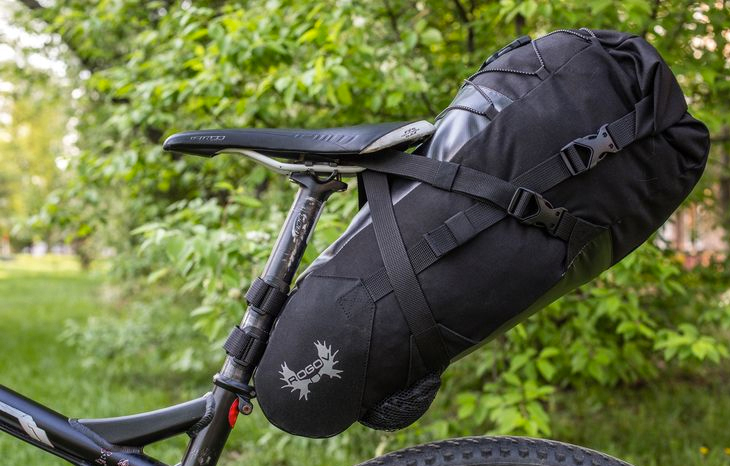
This practical bikepacking seat bag is fastened to racks with a simple system of spring-loaded hooks, clips, or bungee cords. It can be used single or in pairs and is specifically intended for front or rear rack use. Small items tend to get lost in large panniers, so use packing sacks to stay organized. For increased safety, make sure your heel doesn’t make contact with the bag throughout your regular pedalling rotation.
Baskets
Baskets are ideal for transporting a variety of stuff, including groceries and other bulky items. Baskets on the front and/or back of your bicycle can hold loads. Typically, rear baskets are positioned on either side of the rear tire. Because they don’t have a cover, they can transport large loads.
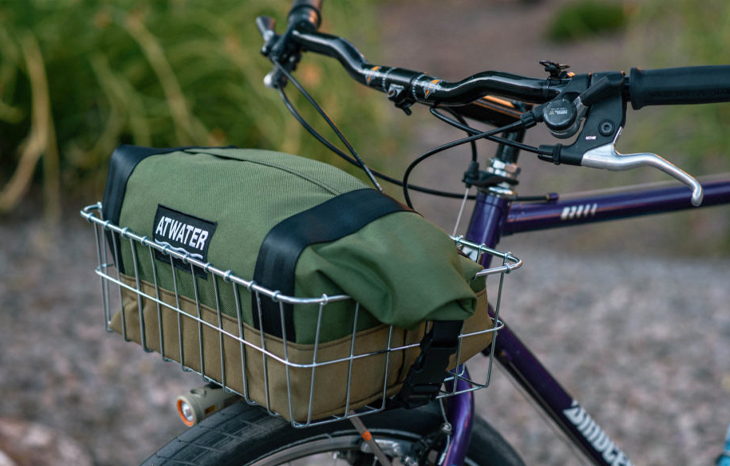
Front baskets are often smaller than their rear-mounted counterparts, and they’re either suspended from the handlebars or secured to the front fork with metal stays. You may also combine your choice of bikepacking seat bag in the rear with a basket in the front, depending on how long your trip is or the kind of route you’re taking.
Handlebar Packs
A handlebar pack is good for carrying frequently used items, such as a camera, sunscreen and snacks. This bag attaches to your handlebars with clamps or straps. It offers easier access and often more room than a seat bag. Some models feature a clear plastic sleeve on top to display a map—a popular choice among touring cyclists. Caution: Be sure the bag you choose doesn’t affect your ability to operate the brakes or shifters on your bike, and don’t overload it as the extra weight carried up this high can affect balance.
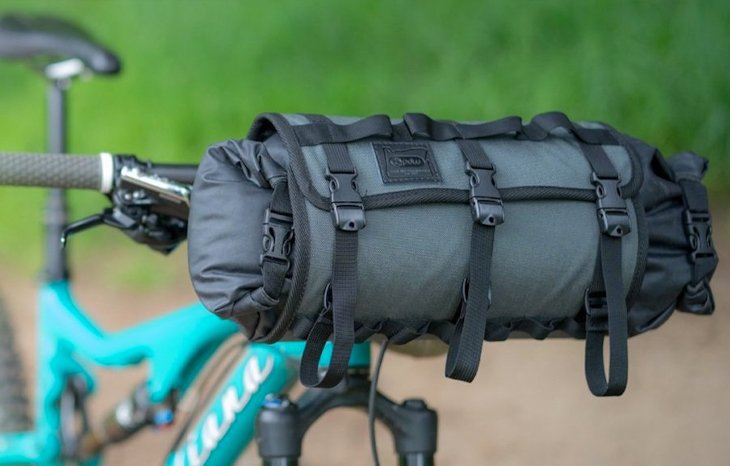
Trunk Rack
When you need a bag that is smaller than a pannier but larger than a bikepacking seat bag, this is the ideal option for you. Rack trunks are smaller than panniers but larger than seat bags. Many feature plastic sheets to support the base area and maintain the bag’s shape. Packing is simplified by some sort of pocket system or divided storage areas. Some trunks also come with built-in rain covers.
Frame Bags
Ideal for keeping food, phones, and tools within reach. Most frame bags attach to your bike’s top tube and are designed to carry your food, phone, tools, and other necessities close to you. Hydration reservoirs can be carried in larger frame bags for bike-packing and touring. Cyclists with fully loaded panniers and other cargo can still ride down a wooded road. Make sure that your bike packing bag is securely attached to your bicycle. Unsecured loads can move unexpectedly during your ride, resulting in a loss of control.
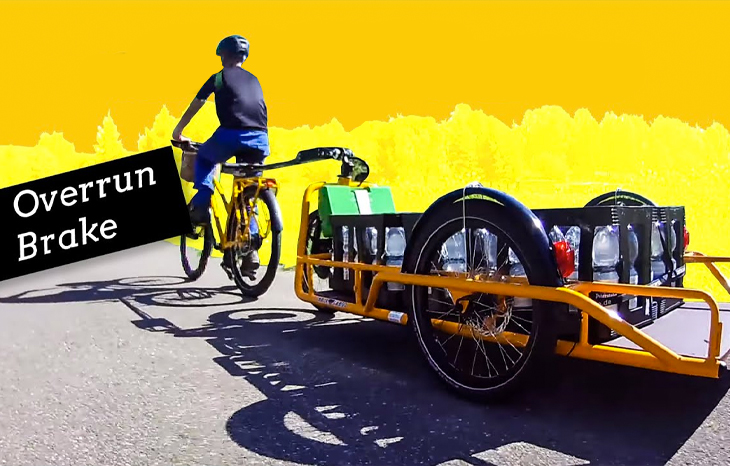
Cargo Bike Trailer
Consider a cargo bike trailer if you have a lot of heavy items to transport. A trailer provides plenty of storage capacity for transporting hefty things around town or on long-distance travel. Cargo trailers are normally attached to your bike’s back wheel. Depending on how much you need to carry, a trailer can be utilized alone or in conjunction with the front and rear racks. Some riders love the feel of weighting the bike frame and hence prefer to attach a trailer rather than carry everything on the front and rear racks.
Important Bike Bag Features
Adjustability
Compression straps or extensible collars are used to adjust your bag. This allows you to transport loads of varying sizes without the unused portion of the bags flapping in the breeze or the burden moving as you ride your bike.
Accessibility
A handlebar bag is easier to access than a pannier or seat bag, making it an excellent alternative for compact, often used items. Other factors to consider include: How many openings are available? Flaps or zippers? Are there small pockets for organization purposes or just a wide, open and undivided space?
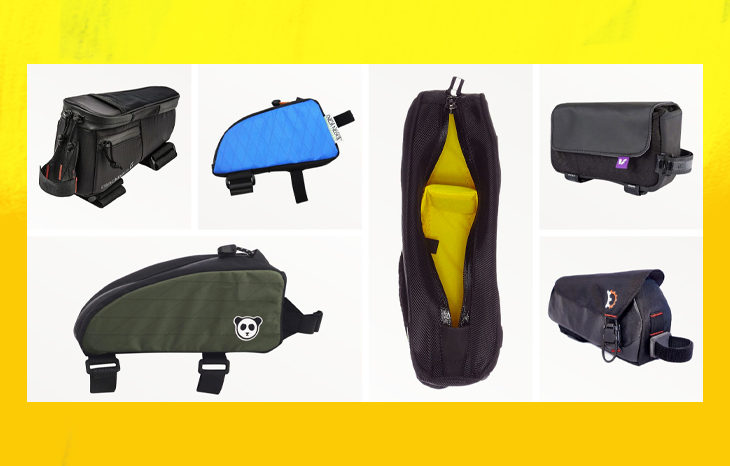
Water-Resistance
If you cycle in all-weather situations and aren’t afraid of rain or road spray, opt for a bag that is “waterproof” rather than “water-resistant.” Waterproof bags are made of a rubberized material that keeps contents dry even in heavy rain. Many of them have a roll-top closure to keep water out at all times.
Quick Release Attachment System
If you park in public places, you should probably bring your personal belongings with you. Panniers connect to racks with a simple system of spring-loaded hooks, clips, or bungee cords and are simple to remove. Instead of buckles or rip-and-stick straps, opt for seat bags with a quick-release mounting bracket.
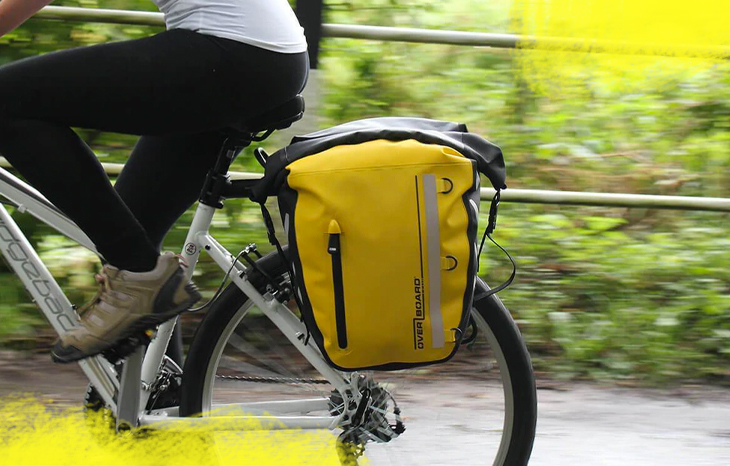
How Does It Feel to Ride With Panniers?
When compared to backpacks, two key riding qualities differ, both of which are mostly related to comfort. The backpack bouncing on your back, not to mention the sweat on your back in hot weather, can be extremely inconvenient. Another cause of irritation is the weight of the load, which presses against your shoulder if it is heavy.
Meanwhile, the pannier is attached to the bike rack and all of the pressure, sweat, and bouncing of the backpack is eliminated. As a result, your ride becomes more enjoyable, and you can concentrate more on the road in front of you.

